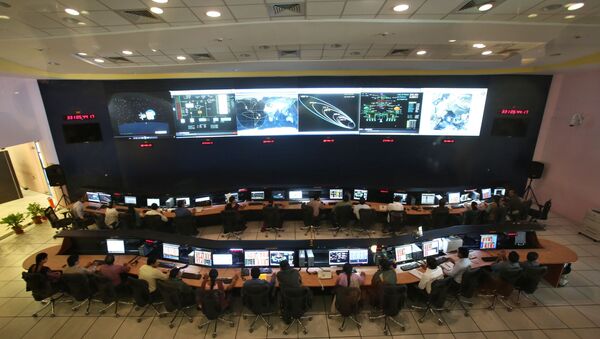“MOM completes 1,000 earth days in its orbit, today (June 19, 2017) well beyond its designed mission life of six months. 1,000 earth days corresponds to 973.24 Mars Sols (Martian Solar day) and MOM completed 388 orbits. MOM is credited with many laurels like cost-effectiveness, a short period of realization, economical mass-budget, miniaturization of five heterogeneous science payloads etc. Satellite is in good health and continues to work as expected. Scientific analysis of the data received from the Mars Orbiter spacecraft is in progress,” ISRO said in a statement.
The Mars Color Camera in its extended lifetime has produced more than 715 images, the ISRO statement added. The Mangalyaan is equipped with five scientific tools including a color imaging camera, a thermal infrared spectrometer to measure the chemical composition of the surface, and instruments to assess the Mars atmosphere, including a methane detector.
The total cost of the mission was $73 million, which makes it the least-expensive Mars mission to date. Compared to Mangalyaan, the US spent $671 million getting its Maven satellite to Mars orbit. In fact, Indian Prime Minister Narendra Modi had at that time quipped that his country had spent less than Hollywood had on producing the film Gravity to reach the red planet, according to a WSJ report.
ISRO is now seeking scientific proposals for Mars Orbiter Mission-2 to expand interplanetary research after the government gave its approval in November last year.



